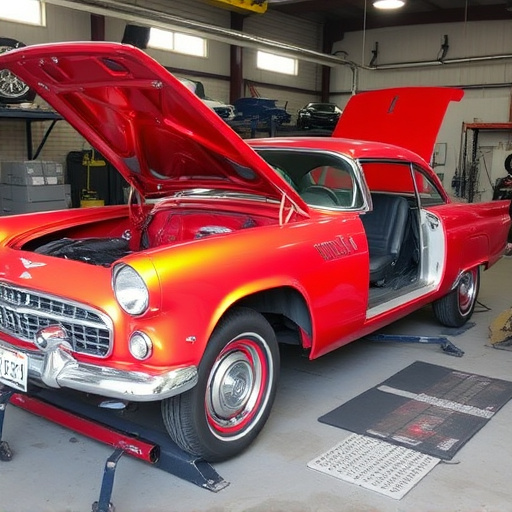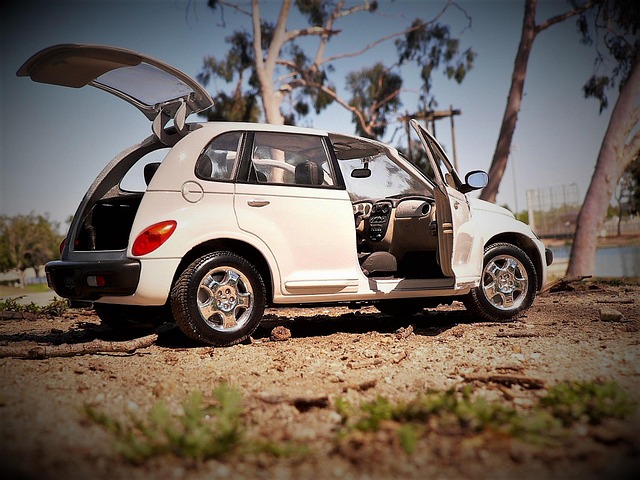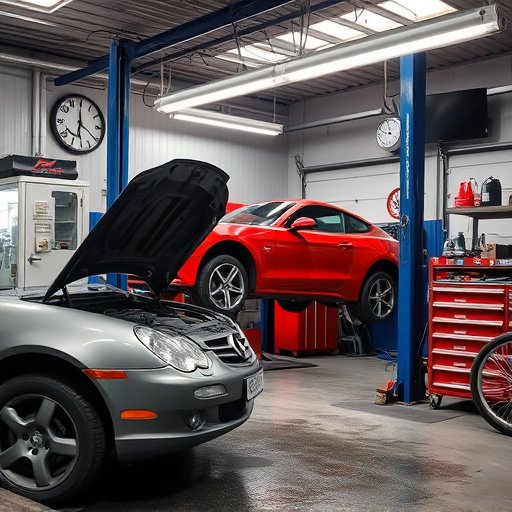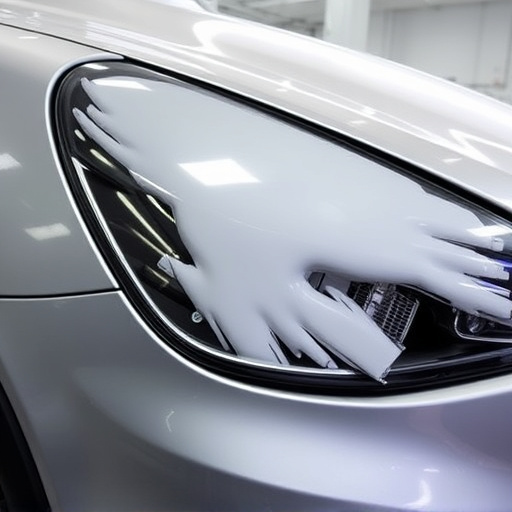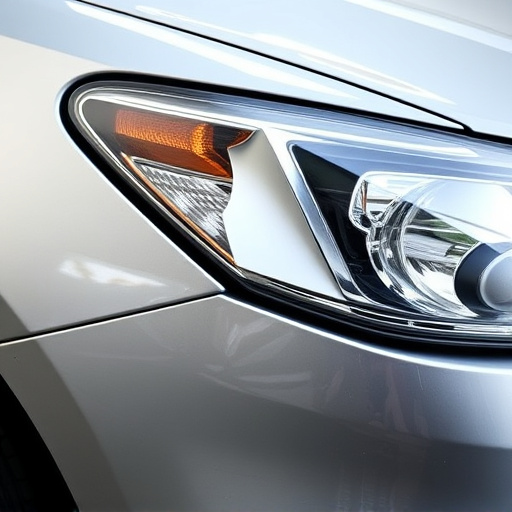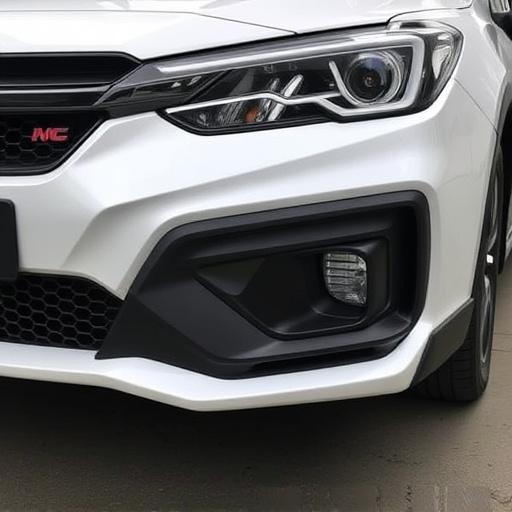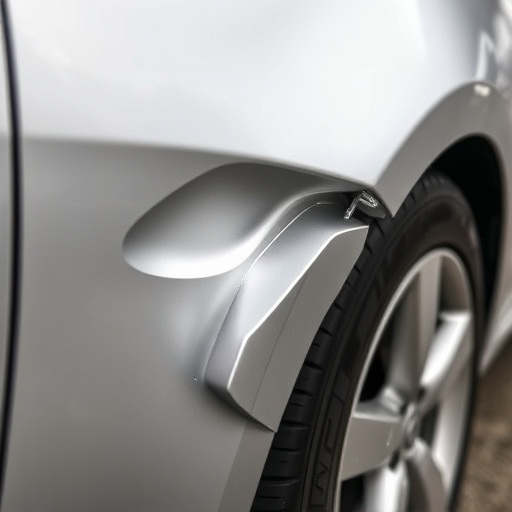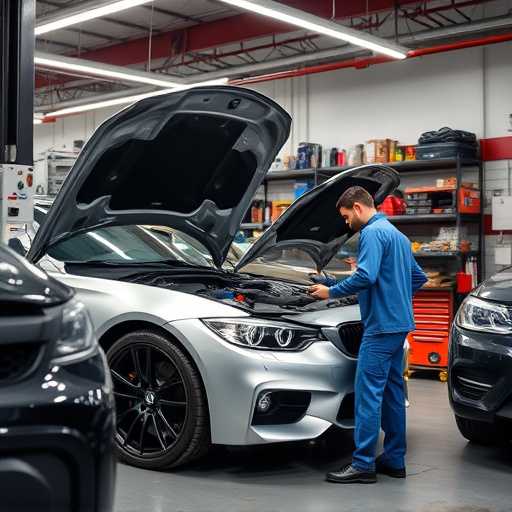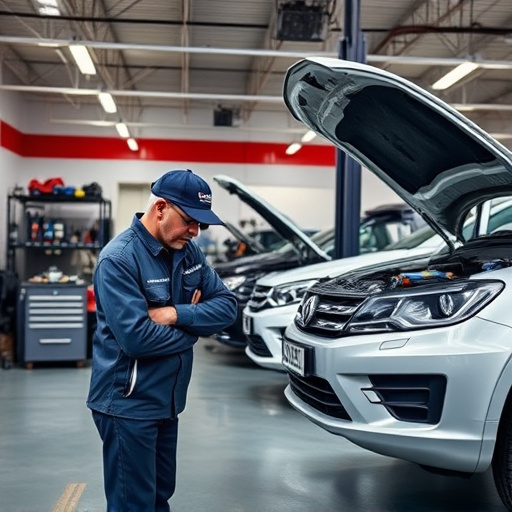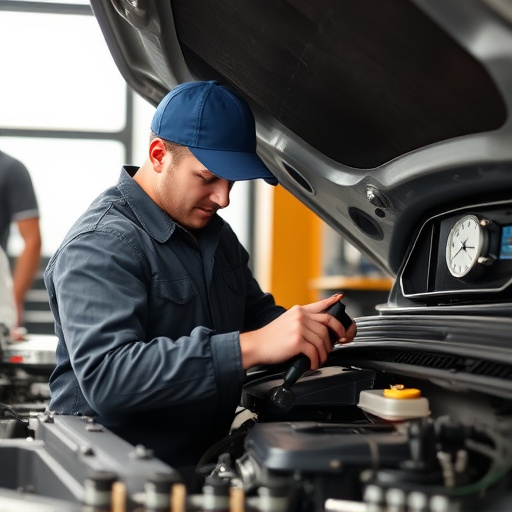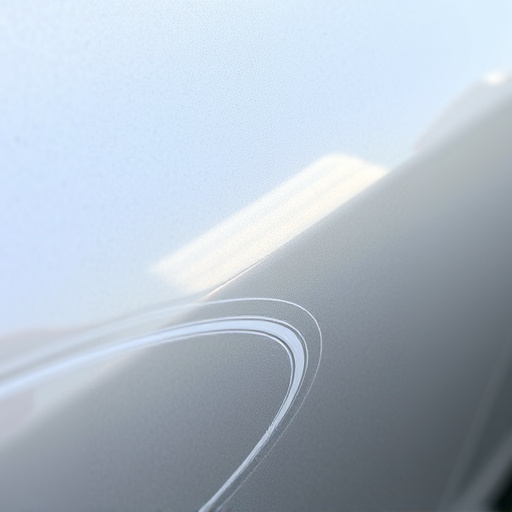Misdiagnosis in dent repairs can be costly and harmful to vehicle integrity. Proper diagnosis ensures suitable techniques and maintains aesthetics, resale value. Paint matching errors lead to discoloration; professionals use advanced scanning and computer-aided matching for accurate results. Inadequate adhesion weakens repairs; proper adhesives and testing protocols ensure robust bonding and long-lasting, safe results in dent repair techniques.
“Uncovering and avoiding common pitfalls in dent repair is essential for achieving flawless results. This comprehensive guide highlights critical areas often overlooked by enthusiasts and professionals alike. From misdiagnosing damage to improper paint matching, these mistakes can mar the final finish. Learn how to steer clear of incorrect repairs and choose the right methods for bonding. Master accurate color matching techniques to restore your vehicle’s exterior seamlessly. Elevate your dent repair skills and bid farewell to visible flaws.”
- Misdiagnosing Damage: Avoiding Incorrect Repairs
- Improper Paint Matching: Techniques for Accurate Colors
- Inadequate Adhesion: Ensuring Strong Bonding Methods
Misdiagnosing Damage: Avoiding Incorrect Repairs
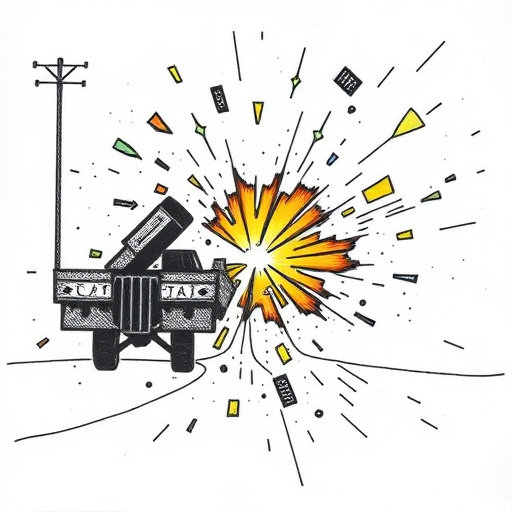
One of the most common mistakes in dent repair techniques is misdiagnosing the damage. Many auto owners attempt DIY repairs or choose unskilled technicians due to cost considerations, which can lead to further issues and more significant damage. It’s crucial to thoroughly inspect the affected area and understand the extent of the dent before initiating any repair process. Misjudging a dent’s severity may result in inadequate or incorrect repairs, causing long-term structural problems for the vehicle.
To avoid this pitfall, take your car to a qualified and experienced technician. They possess the expertise to accurately assess the damage, whether it’s a minor car scratch repair or more complex dent removal. Proper diagnostic methods ensure that only the necessary dent repair techniques are employed, aligning with the specific needs of your vehicle. This approach not only preserves the car’s structural integrity but also optimizes the aesthetics of the finished repair, enhancing its longevity and resale value in the context of auto maintenance and automotive repair.
Improper Paint Matching: Techniques for Accurate Colors

When attempting dent repair techniques, one of the most common mistakes is improper paint matching, which can leave unsightly discoloration and a lack of seamless finish. Achieving accurate color matching in automotive body work requires skill and attention to detail. The first step is understanding that not all paints are created equal. Different manufacturers use unique formulations, resulting in slight variations even within the same color family. Therefore, using genuine OEM (Original Equipment Manufacturer) paint or high-quality aftermarket options specifically designed for vehicle dent repair is crucial.
To ensure precise results, professionals often employ advanced techniques like color scanning and computer-aided matching. These methods use sophisticated technology to capture and analyze the exact color shade of the auto body, enabling them to mix paints accordingly. Additionally, practicing on scrap pieces of the same material before applying it to the vehicle’s surface can help refine paint matching skills, ensuring a flawless finish that blends seamlessly with the rest of the auto repair shop’s work.
Inadequate Adhesion: Ensuring Strong Bonding Methods
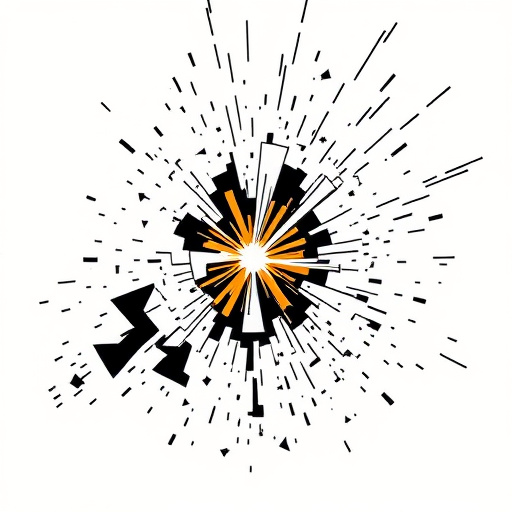
When attempting any form of dent repair, one of the most critical mistakes to avoid is inadequate adhesion. The success of car dent removal or fleet repair services heavily relies on the strength and durability of the bond formed between the damaged panel and the repair material. Using subpar adhesives can lead to weak repairs that are prone to failure, especially under stress or after a car collision repair.
To ensure robust bonding methods, it’s essential to select appropriate adhesives tailored for specific materials and conditions. Different panels on a vehicle may require distinct adhesion techniques due to variations in metal thickness, surface treatments, and age. Additionally, environmental factors like temperature and humidity can impact adhesive performance, so considering the local climate is crucial. Professional fleet repair services often employ advanced bonding technologies and rigorous testing protocols to guarantee strong, long-lasting repairs, free from issues that could compromise safety or aesthetics.
When it comes to dent repair techniques, avoiding common mistakes is key to achieving a flawless finish. By understanding and heeding the precautions outlined in this article—from proper damage assessment to precise paint matching and robust adhesion—you can significantly enhance the quality of your repairs. Embracing these principles ensures not only the aesthetic restoration but also the structural integrity of the affected area, making your dent repair techniques truly effective and long-lasting.

